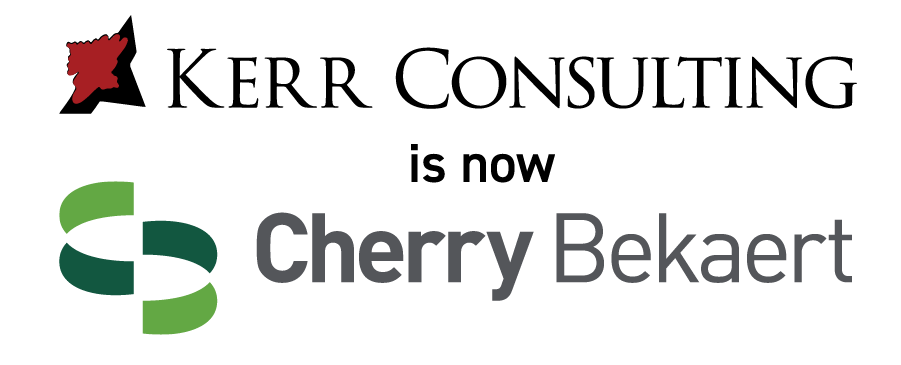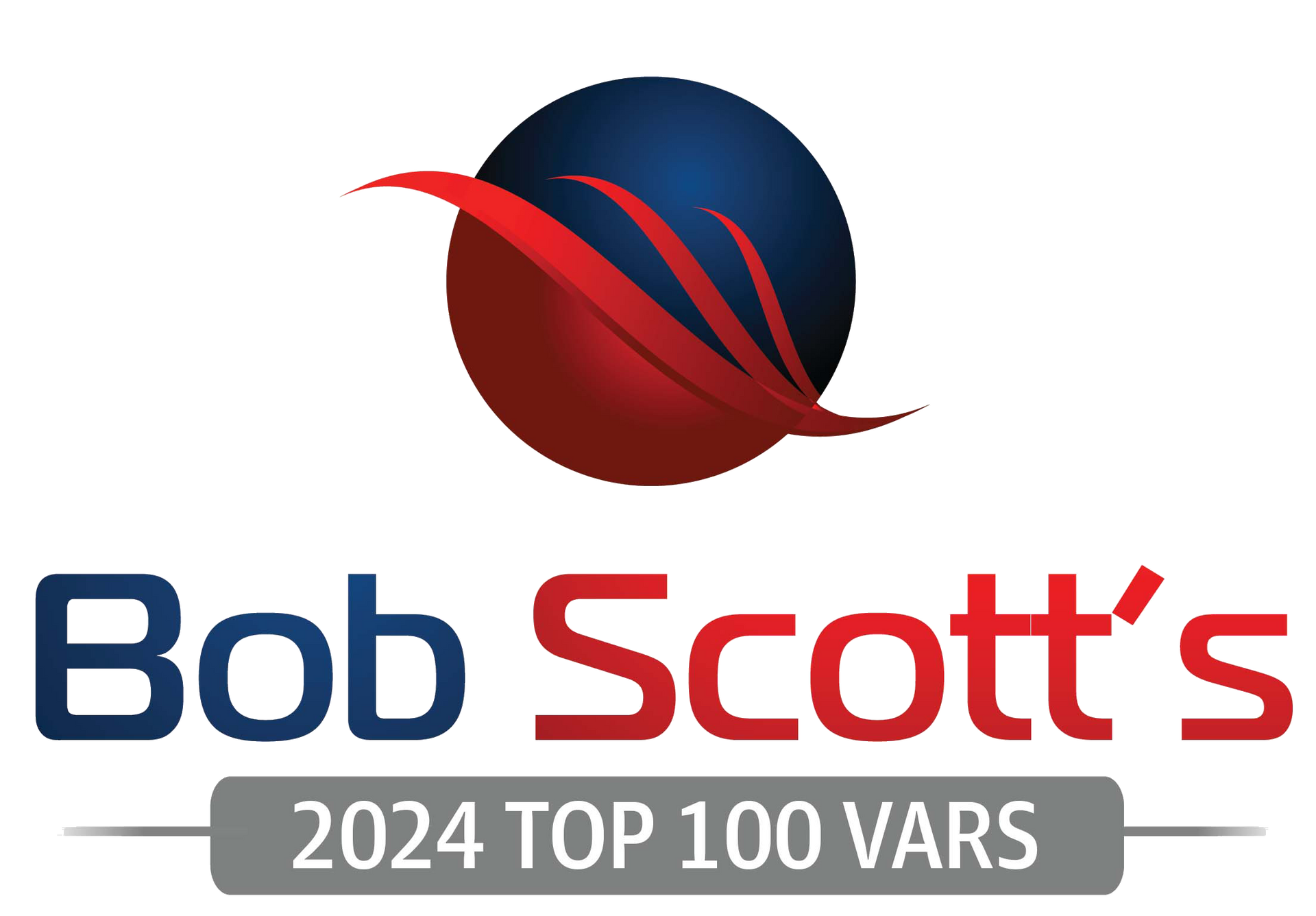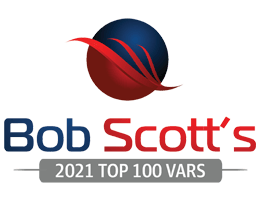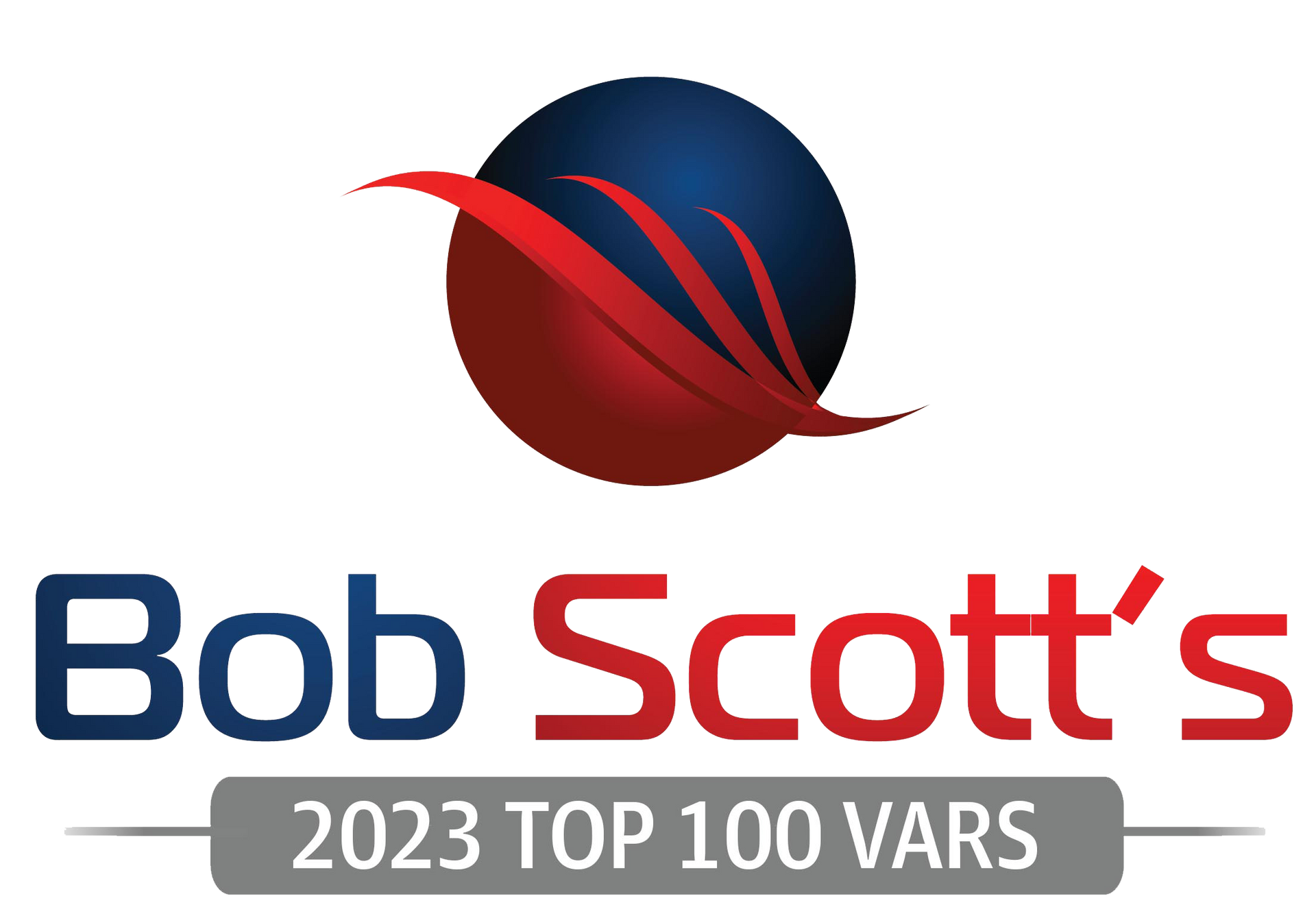Sage X3 Enables Small Businesses to Own Big Business Software
Grow your business today with Sage X3
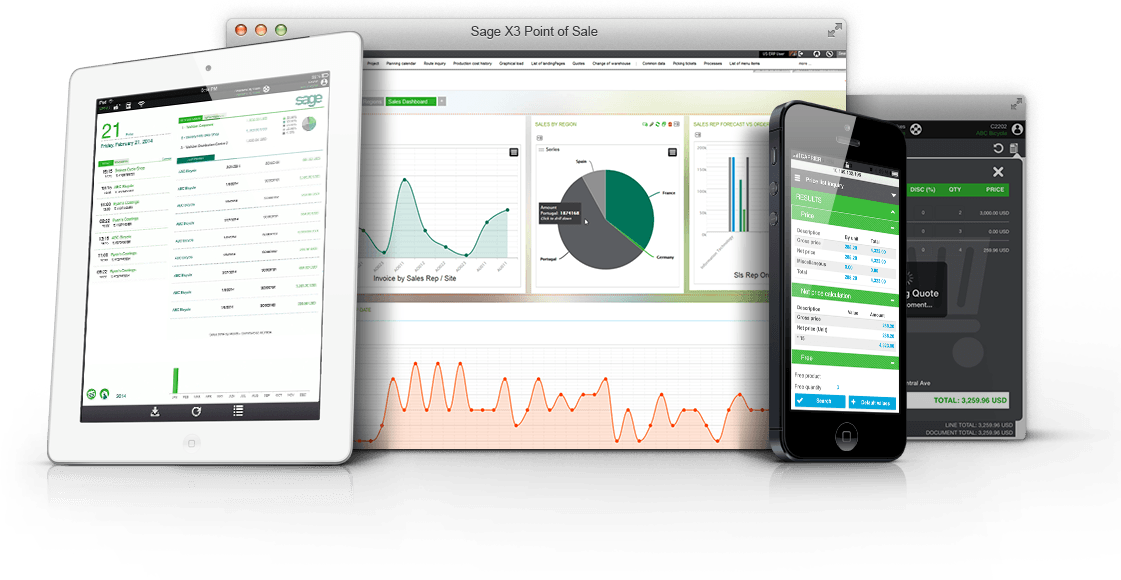
Running a small business is no small feat. In fact, the tasks and struggles of keeping your small business thriving are not so different from those of a big business. You have to perform supply chain management, employee-related duties, production processes, and, of course, financial operations. So, why are so many enterprise resource planning (ERP) and accounting software products limiting what you can do as a small business? With Sage X3, you get all the capabilities of big business software without restrictions.
What Is Sage Software?
Sage is a software company with roots in accounting but branches in ERP built to suit individual business needs. Sage began in 1981 as a way for the founder, David Goldman, to create quotes expediently for his own business. His system was so effective, he knew other businesses could benefit from its use. Today, Sage serves 23 countries with 13,000 employees, but the company has never lost sight of its mission to make doing business simpler--no matter the size of the business.
So what is Sage software? Sage software is tailored to meet the unique needs of each business it serves. With a suite of software choices, businesses can find solutions for where their business is at now and where it’s going.
These Sage software products include:
- Accounting solutions
- HR software
- Simple billing and time tracking software
- Asset management
- Real estate
- Industry-specific software, including
- Food and beverage
- Accounting
- Construction
- Manufacturing
- Wholesale distribution
- Chemicals
- Nonprofits
- And more
- Accounting and operational management
- Customer experience with CRM software
- Comprehensive Sage ERP software choices
Sage continually develops new software solutions available via the cloud, desktop, and mobile to make performing business functions easy and seamless.
What Is Enterprise Management Software, Exactly?
Enterprise management software (EMS) may sound like a foreign language, but when broken down, EMS is easy to understand.
EMS is an all-encompassing software package or system that functions as an organization’s backbone for operations. Often a company’s
IT team uses EMS to support a business and help the business meet goals by making decisions based on analytics. EMS also creates a systematic way for a business to perform complex tasks and keeps a record of those calculations, system changes, and supply chain information.
How Does Enterprise Management Software Compare to ERP Software?
The biggest difference between EMS and ERP software is that EMS is designed for large enterprises. It often relies on a business needing an extensive IT team and a large budget to enact strategies based on EMS computations.
ERP is better suited for the day-to-day operations of small and medium businesses because it allows a smaller team to make informed analytic decisions without relying on an IT department. With Sage ERP solutions, you and your team can launch new projects, track supply chain information, manage finances, perform competitor research, manage contracts, and manage production. This allows you to make informed business decisions in real-time.
What Are Sage ERP Systems?
Sage ERP systems like Sage X3 act like mission control for all your business functions. From supply chain to financial processes, you can manage the administrative tasks of your business from one place. This includes automating functions to save you time and to help you make informed decisions for optimal growth.
When it comes to which Sage ERP system is right for your business, you can choose between Sage X3, Sage 100cloud, and Sage 300cloud.
No matter which Sage ERP solution you choose, you can count on:
- Streamlining your business’s primary processes
- Reducing your costs down by identifying areas that need improvement
- Increasing productivity through simplifying complex tasks and improving team collaboration
- Using in-depth insight to better track and define goals, troubleshoot business needs, and analyze new markets and competition.
- Planning for growth.
Sage X3 offers the most expansive capabilities of all the Sage ERP systems. This robust software is intuitive, insightful, and designed for your business success.
Sage Tips and Tricks for Effective ERP
As a growing business, you don’t have to use an EMS to make logical, sound decisions to foster growth in your business and optimize revenue. So, how can your medium or small business use Sage X3 for optimal resource planning?
Tip 1: Use Sage X3 to pre-plan for purchase requests
You have a lot to juggle. If your ERP system doesn’t have the capability to create pre-commitments for purchase requests, you may find yourself struggling to plan for future sales. With Sage X3, pre-commitment requests are a standard operation. Learn how,
here.
Tip 2: Never run behind on top-selling inventory
Use
Sage X3’s supply chain management capabilities to keep up with your supplier inventories and sales. Automate POs for top-selling products, account for open orders within your inventory, and set notifications when inventory numbers dwindle.
Tip 3: Use Sage X3 to improve quality control
Returns can take a huge bite out of your profits. Sage X3 tools allow you to track inventory quality, use-by dates, stock management (including a record of rejected goods), and upstream/downstream traceability.
Tip 4: Track progress and success of new projects
Many businesses get tripped up when it comes to tracking the long-term success of projects. Sage X3 allows your business to keep a record of all elements of new projects from research to launch to longer-term sales. So, you can assess the success of each new initiative for a more profitable future.
Tip 5: Set financial alerts and responsive automation
As a business owner, knowing your numbers is paramount. Sage X3 helps you access those numbers, run reports, and set up alerts easily. So, you and your team are also in the know when it comes to your business’s real-time financial standing.
You Don’t Have to Be a Big Business to Perform Like One
With ERP and Sage X3, your business will be equipped for the future. From planning inventory to launching new projects, ERP lets you have full control over and understanding of your business in one convenient place. Sage X3 is cloud-based, so you can access the information you need anywhere, any time. This lets you manage workflows, record information in real-time, respond to changes in inventory effortlessly, and analyze numbers flawlessly.
Learn more about how Sage X3 can help your small business match the success of big businesses.
